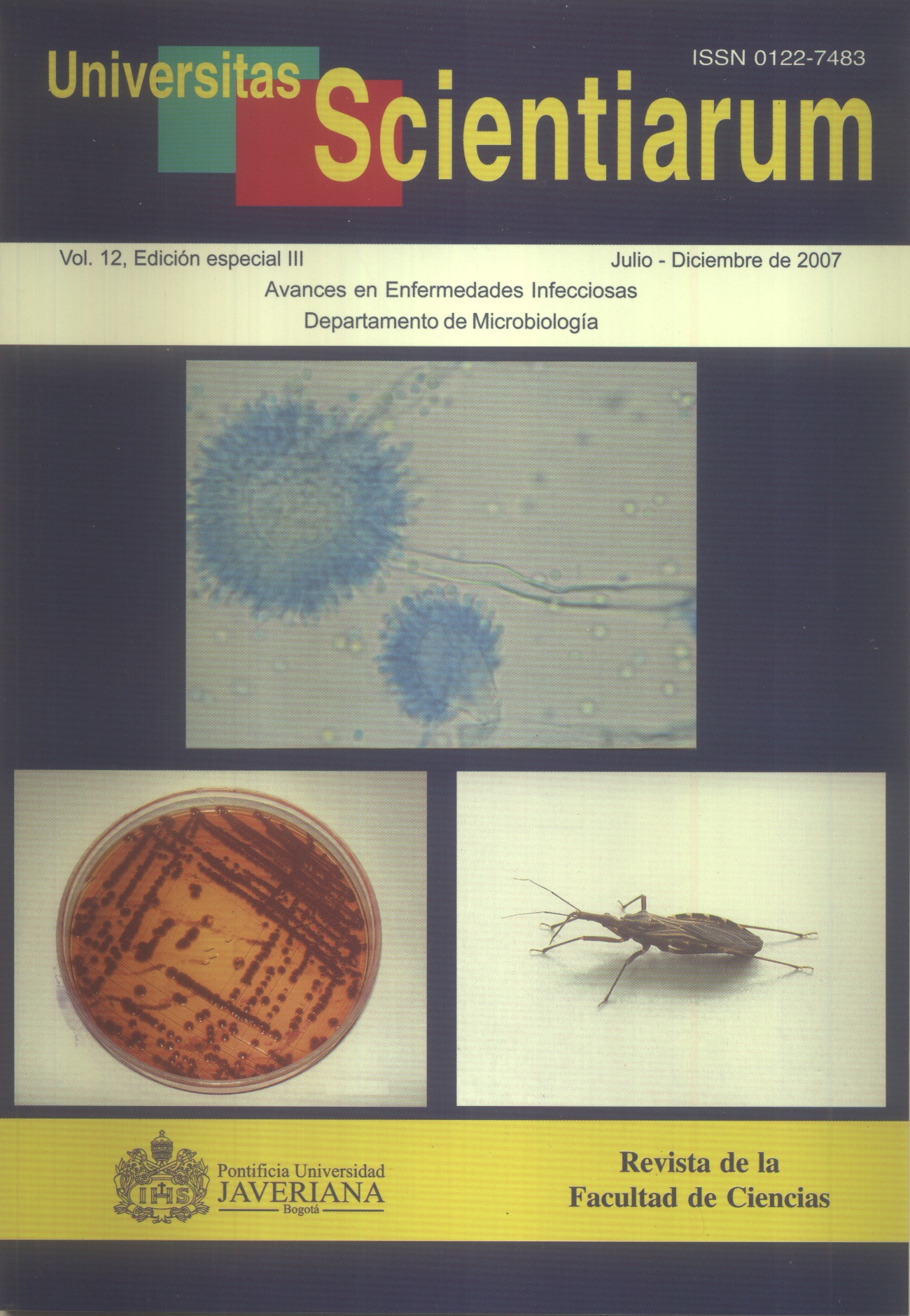Abstract
El uso de lentes de contacto blandos es rutinario, tanto medicados como cosméticos. Sin embargo, a pesa rdel confort, poseen una alta probabilidad de contaminarse con microorganismos y deben desinfectarse para su mantenimiento. El hongo Aspergillus fumigatus es cosmopolita y de su género el que con mayor frecuencia se asocia con micosis, entre ellas queratitis. En este estudio se evaluó la capacidad de A. fumigatus de proliferar en cinco materiales de lentes: tres de hidrogel (Alfafilcón A, Omafilcón A,Polymacón) y dos de hidrogel silicona (Balafilcón A y Lotrafilcon A). Se encontró que el hongo puede germinar en Balafilcón A en mayor proporción, y en menor grado en Polymacon. Además, se evaluó la capacidad de desinfección de 5 soluciones multipropósito, que difieren entre otros, en el componente antimicrobiano. Todas las soluciones mostraron tener un efecto fungistático, a excepción de la solución con peróxido de hidrógeno que presentó un efecto fungicida y la que tiene como componente trimetropim, que no mostró ningún efecto sobre el microorganismo. En relación a la capacidad desinfectante de cada solución sobre los materiales previamente infectados con A. fumigatus, la solución con peróxido de hidrógeno mostró ser la más efectiva.Univ. Sci. is registered under a Creative Commons Attribution 4.0 International Public License. Thus, this work may be reproduced, distributed, and publicly shared in digital format, as long as the names of the authors and Pontificia Universidad Javeriana are acknowledged. Others are allowed to quote, adapt, transform, auto-archive, republish, and create based on this material, for any purpose (even commercial ones), provided the authorship is duly acknowledged, a link to the original work is provided, and it is specified if changes have been made. Pontificia Universidad Javeriana does not hold the rights of published works and the authors are solely responsible for the contents of their works; they keep the moral, intellectual, privacy, and publicity rights. Approving the intervention of the work (review, copy-editing, translation, layout) and the following outreach, are granted through an use license and not through an assignment of rights. This means the journal and Pontificia Universidad Javeriana cannot be held responsible for any ethical malpractice by the authors. As a consequence of the protection granted by the use license, the journal is not required to publish recantations or modify information already published, unless the errata stems from the editorial management process. Publishing contents in this journal does not generate royalties for contributors.



